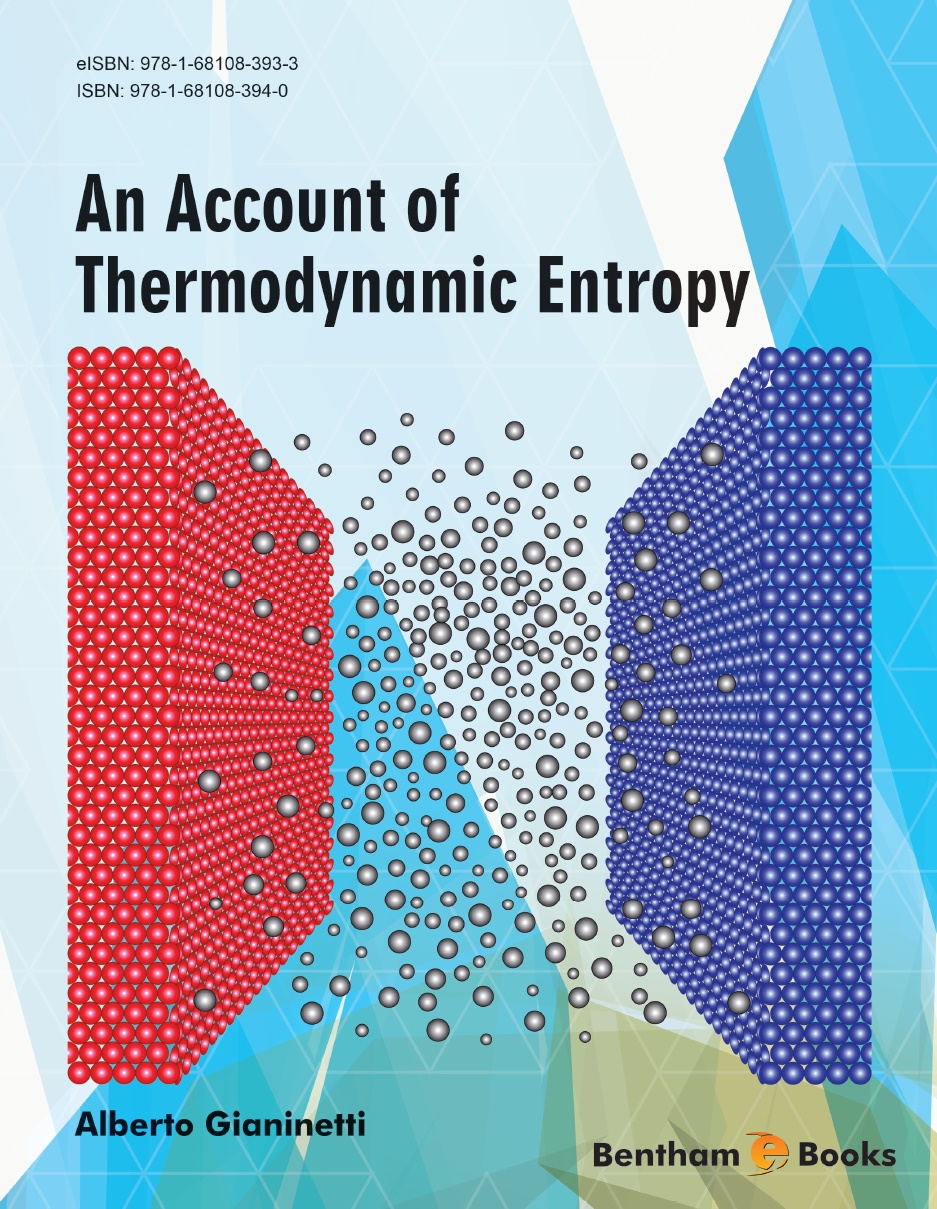

Rather than having two masses at different temperatures and with different distributions of molecular speeds, we now have a single mass with a broad distribution of molecular speeds, the average of which yields an intermediate temperature. Third, the mixture is less orderly, or to use another term, less structured. The energy is still in the water, but it is now unavailable to do work.

Second, once the two masses of water are mixed, there is no more temperature difference left to drive energy transfer by heat and therefore to do work. The mixing decreases the entropy of the hotter water but increases the entropy of the colder water by a greater amount, producing an overall increase in entropy. Let us think about each of these results.įirst, why has entropy increased? Mixing the two bodies of water has the same effect as the heat transfer of energy from the higher-temperature substance to the lower-temperature substance. Three outcomes have resulted: entropy has increased, some energy has become unavailable to do work, and the system has become less orderly. The result will be water at an intermediate temperature of 30.

Suppose we mix equal masses of water that are originally at two different temperatures, say 20. Heat cannot transfer energy spontaneously from colder to hotter, because the entropy of the overall system would decrease. (Jon Sullivan, )Īnother way of thinking about this is that it is impossible for any process to have, as its sole result, heat transferring energy from a cooler to a hotter object. Eventually, the components of the liquid will reach thermal equilibrium, as predicted by the second law of thermodynamics-that is, after heat transfers energy from the warmer liquid to the colder ice. The decrease in entropy of the hot (larger T) object is therefore less than the increase in entropy of the cold (smaller T) object, producing an overall increase in entropy for the system.įigure 12.9 The ice in this drink is slowly melting. Because the change in entropy is Q/ T, there is a larger change in Δ S Δ S at lower temperatures (smaller T). This is because entropy increases for heat transfer of energy from hot to cold ( Figure 12.9). An important implication of this law is that heat transfers energy spontaneously from higher- to lower-temperature objects, but never spontaneously in the reverse direction. The second law of thermodynamics states that the total entropy of a system either increases or remains constant in any spontaneous process it never decreases. In the process of picking up the cards, you may have noticed that the amount of work required to restore the cards to an orderly state in the deck is much greater than the amount of work required to toss the cards and create the disorder. In the game of 52 pickup, the prankster tosses an entire deck of playing cards onto the floor, and you get to pick them up. Have you ever played the card game 52 pickup? If so, you have been on the receiving end of a practical joke and, in the process, learned a valuable lesson about the nature of the universe as described by the second law of thermodynamics. Using temperatures from another, nonabsolute scale, such as Fahrenheit or Celsius, will give the wrong answer. The Kelvin scale is an absolute temperature scale that is measured in terms of the number of degrees above absolute zero. The equation for the change in entropy, Δ S Δ S, isĪbsolute temperature is the temperature measured in Kelvins. The unavailability of energy is important in thermodynamics in fact, the field originated from efforts to convert heat to work, as is done by engines. Consequently, not all energy transferred by heat can be converted into work, and some of it is lost in the form of waste heat-that is, heat that does not go toward doing work. Hence, entropy always tends to increase.Īlthough all forms of energy can be used to do work, it is not possible to use the entire available energy for work. The flow of any energy is always from high to low. It measures how much energy has been dispersed in a process. Entropy can be thought of as a measure of the dispersal of energy. When a hot object is placed in the room, it quickly spreads heat energy in all directions. When water in a dish is set on a counter, it eventually evaporates, the individual molecules spreading out in the surrounding air. For instance, if a car tire is punctured, air disperses in all directions. However, we see examples of entropy in our everyday lives. The meaning of entropy is difficult to grasp, as it may seem like an abstract concept.


 0 kommentar(er)
0 kommentar(er)
